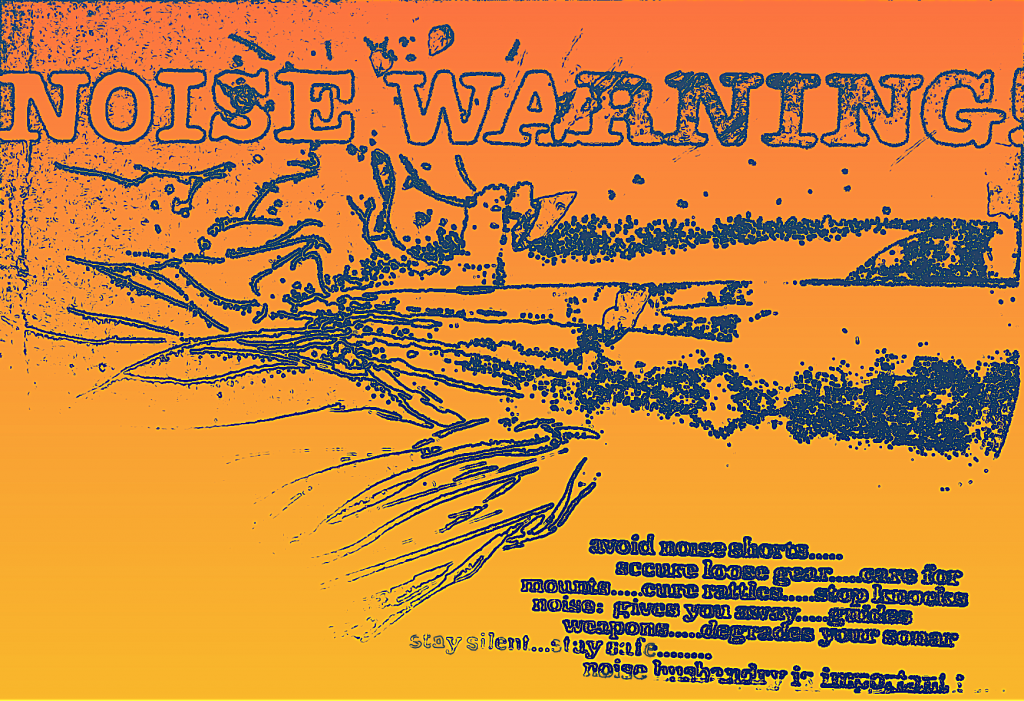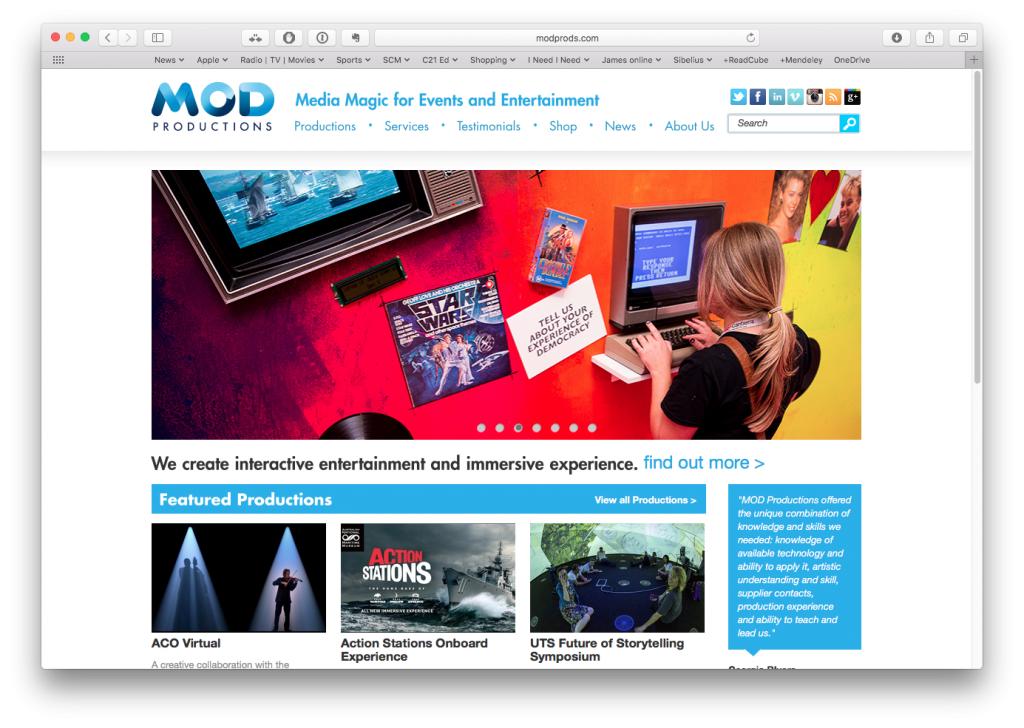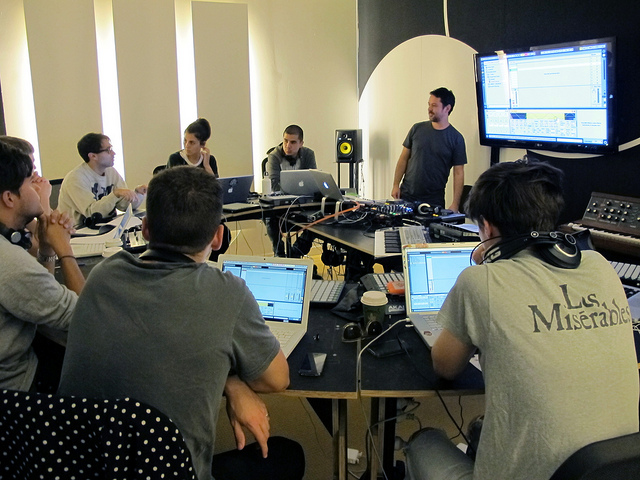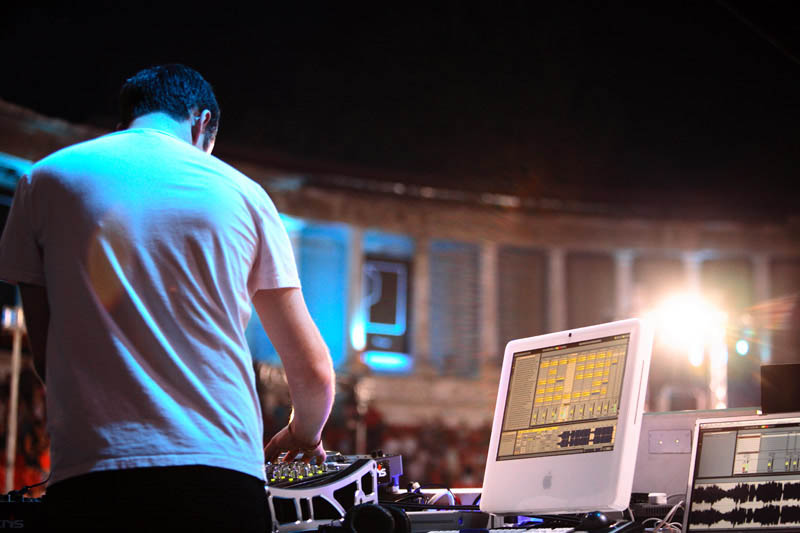
“DJ Sasha at Arenele Romane, Bucharest (2006)”. The original uploader was Wickethewok at English Wikipedia – Taken on 8 July at Arenele Romane in Bucharest, Romania by Barbu Cristian. Courtesy of Red Light Management. Licensed under CC BY-SA 2.5 via Wikimedia Commons.
The LiveSchool course tonight taught me two important things. First, that my theoretical understanding of electronic sound synthesis is still pretty up to date (just swap out circuits and knobs for digital emulation and a mouse and all of the same theory still applies), and second that LiveSchool courses are AMAZING and I’m going to learn heaps about Ableton Live, and I’m certain I’ll supplement my existing knowledge about sound design with lots more. The interesting thing is that I’m probably the only “art music” person in the room, with the 7 others writing various genres of popular electronic music, yet the information is useful to us all.
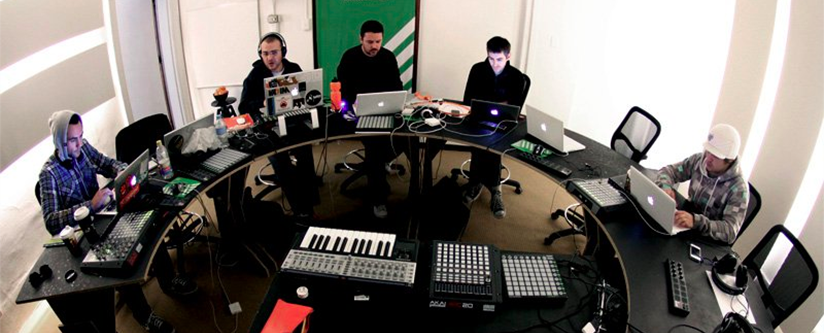
My one takeaway from the night was Adam Maggs’ brilliant demonstration with the Operator instrument of how adding overtones to a fundamental pitch affects the way we perceive the tone of the sound. He began with a fundamental sine wave, and added some overtones – at this point you perceive what he’s doing as a chord – but then he played a short lick with that sound on a MIDI keyboard, and instead of hearing a series of parallel chords, you hear just the fundamental tone, but with all of those overtones having changed the timbre of the pitch. Of course, this wasn’t new theory to me – but I’d never seen it explained so simply and brilliantly. So I came home and captured the process so I could post it here. I actually do it three times, picking different overtones each time, so you can really try and challenge your perception of sound.
